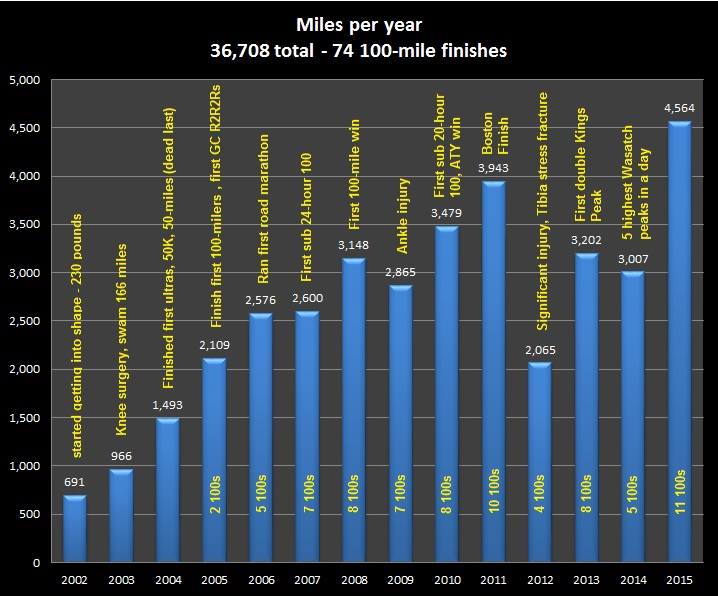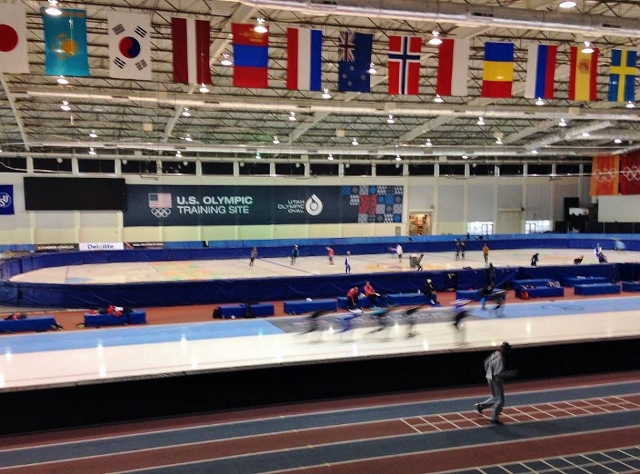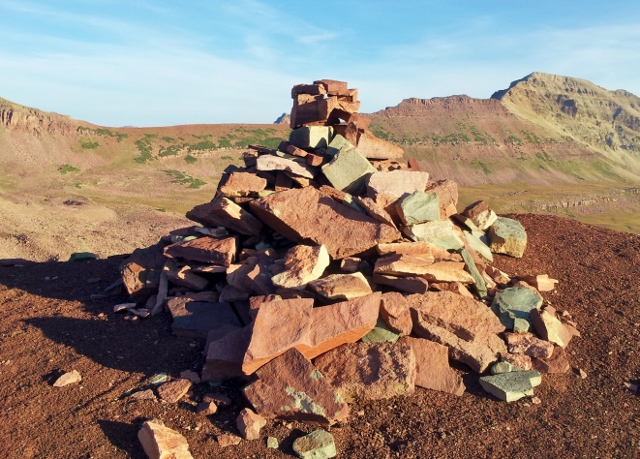
Utah Lake is the largest freshwater lake in Utah. Many rivers, streams, and creeks flow into it and there is only one outlet near my home, the Jordan River. It is 12 miles across at its widest point and about 21 miles long, with an additional seven miles of soggy farm land near its inlet. Archaeology finds indicate that there have been settlements near the lake and river as far back as 3,000 years. Mormon settlers established the first modern settlement in 1849. In the 1800s the fish in the lake was overharvested and restocked with non-native species. Pollution has been a problem over the years as raw sewage was dumped into the lake as late as 1967. Some pollution problems still remain. The lake is very shallow with the maximum depth about 14 feet with the average about 10 feet deep.
Each year hundreds of cyclists ride all the way around Utah Lake using a 100-mile route for a “century” ride. There is no established trail that runs near the shores of the lake, so roads are used. Most of the route around the lake is rural farm land with the exception of about ten miles on the east side through the Provo-Orem metropolitan area.
In 2013 I got the idea of running all the way around Utah Lake in a day and was the first to accomplish that on November 15, 2013, using a route of about 82 miles. See video of that adventure.
This year I was anxious to repeat the long adventure. I had recently signed up for Across the Years 48-hour run (Dec 28th) and needed some good, long, flat training. I chose December 5th to run around the lake again. I knew it would be colder. In 2013 I cut out a couple miles by running on railroad tracks in certain sections, but I knew I shouldn’t do that, so this time I chose a route that would be about 84 miles. The west side of the lake is pretty straight-forward with only one road to take you south, but on the east side with all the roads and towns, you can choose various routes. This time I let Google Maps decide much of it but still included a mile of trail that hugs the lake at its widest point to avoid a bunch of urban roads and stay on the lake side of I-15.













